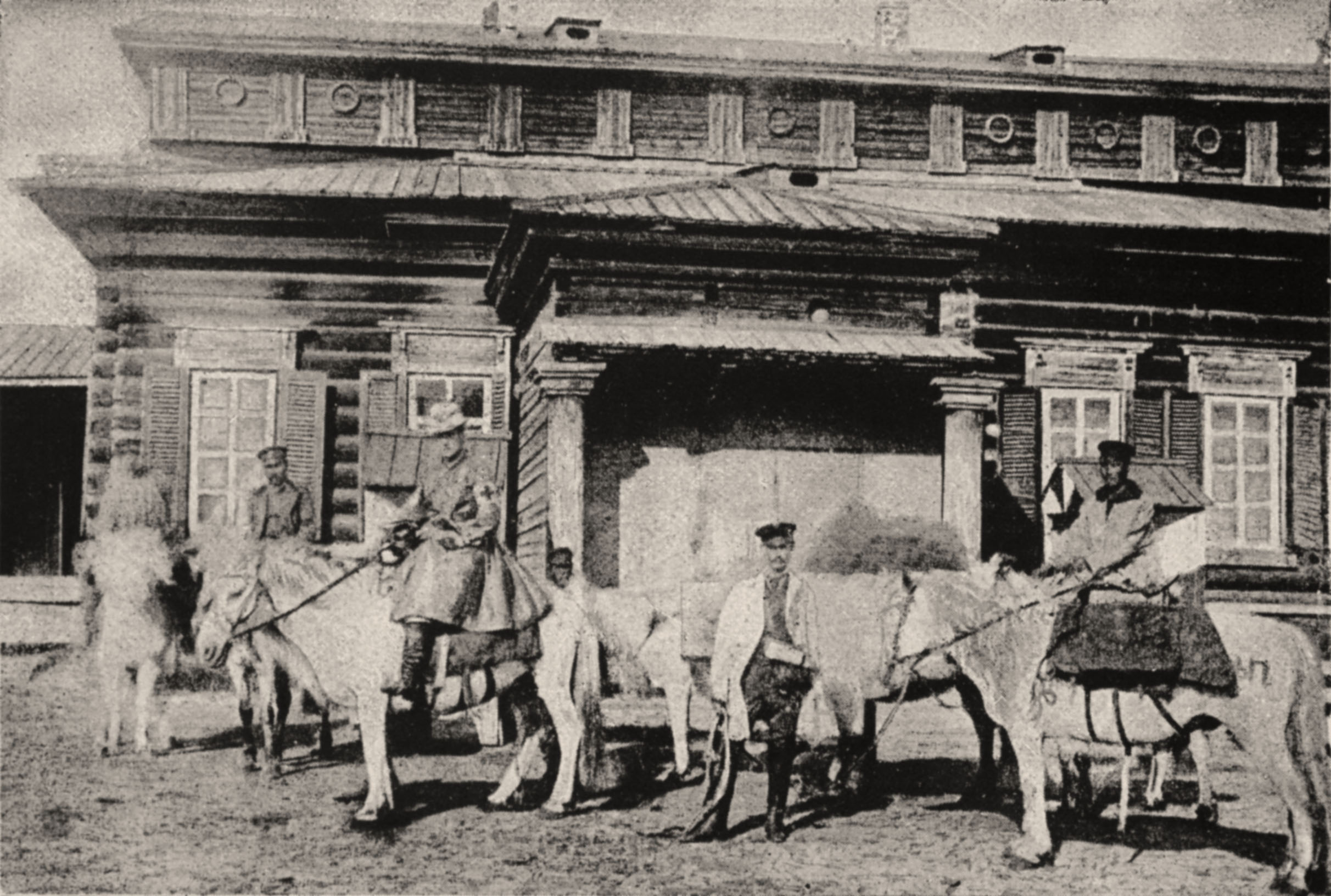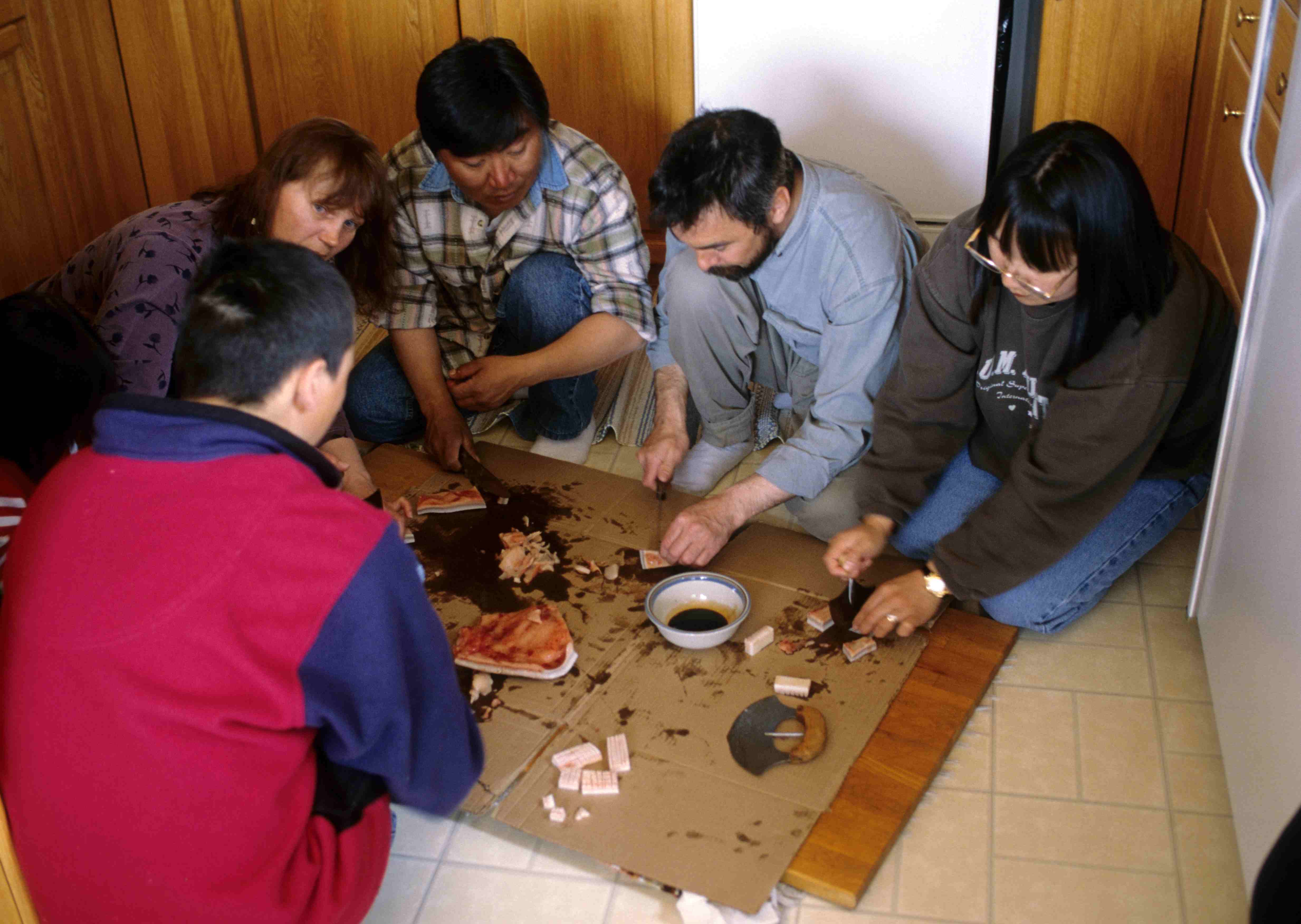|
Ulu, Russia
Ulu (russian: Улу́; sah, Улуу, ''Uluu'') is a rural locality (a '' selo'') under the administrative jurisdiction of the Town of Tommot in Aldansky District of the Sakha Republic, Russia, located on the left bank of the Ulu River, a tributary of the Amga, and from Tommot. Its population as of the 2010 Census was 139;Sakha Republic Territorial Branch of the Federal State Statistics Service. Results of the 2010 All-Russian CensusЧисленность населения по районам, городским и сельским населённым пунктам(''Population Counts by Districts, Urban and Rural Inhabited Localities'') down from 179 recorded in the 2002 Census.''Registry of the Administrative-Territorial Divisions of the Sakha Republic'' Etymology The name derives from a Sakha word meaning "great". History It was founded in 1953 as a base for construction of the Lena Highway. Infrastructure Besides the highway to the republic capital city of ... [...More Info...] [...Related Items...] OR: [Wikipedia] [Google] [Baidu] |
Sakha Republic
Sakha, officially the Republic of Sakha (Yakutia),, is the largest republic of Russia, located in the Russian Far East, along the Arctic Ocean, with a population of roughly 1 million. Sakha comprises half of the area of its governing Far Eastern Federal District, and is the world's largest country subdivision, covering over 3,083,523 square kilometers (1,190,555 sq mi). ''Sakha'' following regular sound changes in the course of development of the Yakut language) as the Evenk and Yukaghir exonyms for the Yakuts. It is pronounced as ''Haka'' by the Dolgans, whose language is either a dialect or a close relative of the Yakut language.Victor P. Krivonogov, "The Dolgans’Ethnic Identity and Language Processes." ''Journal of Siberian Federal University'', Humanities & Social Sciences 6 (2013 6) 870–888. Geography * ''Borders'': ** ''internal'': Chukotka Autonomous Okrug (660 km)(E), Magadan Oblast (1520 km)(E/SE), Khabarovsk Krai (2130 km)(SE), Amur Oblast (S ... [...More Info...] [...Related Items...] OR: [Wikipedia] [Google] [Baidu] |
Amga River
The Amga (russian: Амга; sah, Амма) is a river in Sakha (Yakutia), Russia. The length of the river is . The area of its basin is . The Amga freezes up in the first half of October and stays under the ice until May. Many different kinds of Fish can be found in the Amga river. Course The river has its source in the Aldan Highlands. It forms the eastern limit of the Lena Plateau. It is the biggest tributary of the Aldan, which it joins on the left bank a few miles west of Khandyga.Приленское плато, Great Soviet Encyclopedia See also *List of rivers of Russia Russia can be divided into a European and an Asian part. The dividing line is generally considered to be the Ural Mountains. The European part is drained into the Arctic Ocean, Baltic Sea, Black Sea, and Caspian Sea. The Asian part is drained into ... References External links * Rivers of the Sakha Republic Central Yakutian Lowland {{Russia-river-stub ... [...More Info...] [...Related Items...] OR: [Wikipedia] [Google] [Baidu] |
Yakutsk
Yakutsk (russian: Якутск, p=jɪˈkutsk; sah, Дьокуускай, translit=Djokuuskay, ) is the capital city of the Sakha Republic, Russia, located about south of the Arctic Circle. Fueled by the mining industry, Yakutsk has become one of Russia's most rapidly growing regional cities, with a population of 355,443 at the 2021 Census. Yakutsk — where the average annual temperature is , winter high temperatures are consistently well below , and the record low is ,Погода в Якутске. Температура воздуха и осадки. Июль 2001 г. (in Russian) — is the coldest city in the world. Yakutsk is also the largest city located in |
Capital City
A capital city or capital is the municipality holding primary status in a country, state, province, Department (country subdivision), department, or other subnational entity, usually as its seat of the government. A capital is typically a city that physically encompasses the government's offices and meeting places; the status as capital is often designated by its law or constitution. In some jurisdictions, including several countries, different branches of government are in different settlements. In some cases, a distinction is made between the official (constitutional) capital and the seat of government, which is List of countries with multiple capitals, in another place. English language, English-language news media often use the name of the capital city as an alternative name for the government of the country of which it is the capital, as a form of metonymy. For example, "relations between Washington, D.C., Washington and London" refer to "United Kingdom–United States rel ... [...More Info...] [...Related Items...] OR: [Wikipedia] [Google] [Baidu] |
M56 Lena Highway (Russia)
A360 Lena Highway or The Amur-Yakutsk Highway (russian: Амуро-Якутская автомобильная дорога or russian: Амуро-Якутская автомагистраль) is a federal highway in Sakha Republic (Yakutia) in Russia, connecting Yakutsk with the Trans-Siberian Railway corridor near Skovorodino. The road was built in stages between 1925 and 1964. Stretching parallel to the Amur–Yakutsk Mainline railway, the highway takes its name from the Lena River, which runs more or less north–south in this part of Siberia. The road's southern terminus is at the village of Never near Skovorodino, where it intersects the R297 highway at a cloverleaf junction. With Yakutsk situated entirely on the west bank of Lena, and the road running on the east bank, the highway terminates in Nizhny Bestyakh, a settlement of 4,000 people opposite Yakutsk. When river conditions permit, one may drive right over the frozen river to Yakutsk or take the ferry, but much o ... [...More Info...] [...Related Items...] OR: [Wikipedia] [Google] [Baidu] |
Sakha Language
Yakut , also known as Yakutian, Sakha, Saqa or Saxa ( sah, саха тыла), is a Turkic language spoken by around 450,000 native speakers, primarily the ethnic Yakuts and one of the official languages of Sakha (Yakutia), a federal republic in the Russian Federation. The Yakut language differs from all other Turkic languages in the presence of a layer of vocabulary of unclear origin (possibly Paleo-Siberian). There is also a large number of words of Mongolian origin related to ancient borrowings, as well as numerous recent borrowings from Russian. Like other Turkic languages and their ancestor Proto-Turkic, Yakut is an agglutinative language and features vowel harmony. Classification Yakut is a member of the Northeastern Common Turkic family of languages, which also includes Shor, Tuvan and Dolgan. Like most Turkic languages, Yakut has vowel harmony, is agglutinative and has no grammatical gender. Word order is usually subject–object–verb. Yakut has been influenced b ... [...More Info...] [...Related Items...] OR: [Wikipedia] [Google] [Baidu] |
Russian Census (2002)
The Russian Census of 2002 (russian: Всеросси́йская пе́репись населе́ния 2002 го́да) was the first census of the Russian Federation since the dissolution of the Soviet Union, carried out on October 9 through October 16, 2002. It was carried out by the Russian Federal Service of State Statistics (Rosstat). Data collection The census data were collected as of midnight October 9, 2002. Resident population The census was primarily intended to collect statistical information about the resident population of Russian Federation. The resident population included: * Russian citizens living in Russia (including those temporarily away from the country, provided the absence from the country was expected to last less than one year); * non-citizens (i.e. foreign citizens and stateless persons) who were any of the following: ** legal permanent residents; ** persons who have arrived in the country with the intent to settle permanently or to seek asylum, regar ... [...More Info...] [...Related Items...] OR: [Wikipedia] [Google] [Baidu] |
Russian Federal State Statistics Service
The Federal State Statistics Service (russian: Федеральная служба государственной статистики (Росстат), ''Federal'naya sluzhba gosudarstvennoi statistiki (Rosstat)'') is the governmental statistics agency in Russia. Since 2017, it is again part of the Ministry of Economic Development, having switched several times in the previous decades between that ministry and being directly controlled by the federal government. History Goskomstat (russian: Государственный комитет по статистике, ''Gosudarstvennyi komitet po statistike'', or, in English, the ''State Committee for Statistics'') was the centralised agency dealing with statistics in the Soviet Union. Goskomstat was created in 1987 to replace the Central Statistical Administration, while maintaining the same basic functions in the collection, analysis, publication and distribution of state statistics, including economic, social and population statis ... [...More Info...] [...Related Items...] OR: [Wikipedia] [Google] [Baidu] |
Russian Census (2010)
The Russian Census of 2010 (russian: Всеросси́йская пе́репись населе́ния 2010 го́да) was the second census of the Russian Federation population after the dissolution of the Soviet Union. Preparations for the census began in 2007 and it took place between October 14 and October 25. The census The census was originally scheduled for October 2010, before being rescheduled for late 2013, citing financial reasons,Всероссийская перепись населения переносится на 2013 год although it was also speculated that political motives were influential in the decision. However, in late 2009, |
Tributary
A tributary, or affluent, is a stream or river that flows into a larger stream or main stem (or parent) river or a lake. A tributary does not flow directly into a sea or ocean. Tributaries and the main stem river drain the surrounding drainage basin of its surface water and groundwater, leading the water out into an ocean. The Irtysh is a chief tributary of the Ob river and is also the longest tributary river in the world with a length of . The Madeira River is the largest tributary river by volume in the world with an average discharge of . A confluence, where two or more bodies of water meet, usually refers to the joining of tributaries. The opposite to a tributary is a distributary, a river or stream that branches off from and flows away from the main stream. PhysicalGeography.net, Michael Pidwirny & S ... [...More Info...] [...Related Items...] OR: [Wikipedia] [Google] [Baidu] |
Aldansky District
Aldansky District (russian: Алда́нский улу́с; sah, Алдан улууһа, ''Aldan uluuha'', ) is an administrativeConstitution of the Sakha Republic, Article 45 and municipalLaw #172-Z #351-III district (raion, or ''ulus''), one of the thirty-four in the Sakha Republic, Russia. Location It is located in the south of the republic on the right bank of the Lena River near the mouth of the Aldan River and borders with Khangalassky and Amginsky Districts in the north, Ust-Maysky District in the northeast, Khabarovsk Krai in the east, Neryungrinsky District in the south, and with Olyokminsky District in the west and southwest. Geography The area of the district is . Its area is larger than the country of Bangladesh. ''Registry of the Administrative-Territorial Divisions of the Sakha Republic'' Its administrative center is the town of Aldan. Population As of the 2010 Census, the total population of the district was 42,632, with the population of ... [...More Info...] [...Related Items...] OR: [Wikipedia] [Google] [Baidu] |
Ulu River
An ulu ( iu, ᐅᓗ, plural: ''uluit'', 'woman's knife') is an all-purpose knife traditionally used by Inuit, Iñupiat, Yupik, and Aleut women. It is utilized in applications as diverse as skinning and cleaning animals, cutting a child's hair, cutting food and, if necessary, trimming blocks of snow and ice used to build an igloo. Name In the Nunatsiavummiutut variety of Inuttitut, which is spoken in Nunatsiavut (Northern Labrador), the word is spelled , and in Tunumiit (East Greenlandic) it is or . The following chart lists both Eskimo-Aleut terms as well as two terms for the same tool in Athabaskan languages, which are an unrelated language family spoken by non-Inuit- Iñupiat-Aleut Alaska Natives. Materials Traditionally the ulu was made with a caribou antler, muskox horn or walrus ivory handle and slate cutting surface, due to the lack of metal smelting technology in the Arctic. The handle could also be carved from bone, and wood was sometimes used when it was availabl ... [...More Info...] [...Related Items...] OR: [Wikipedia] [Google] [Baidu] |




